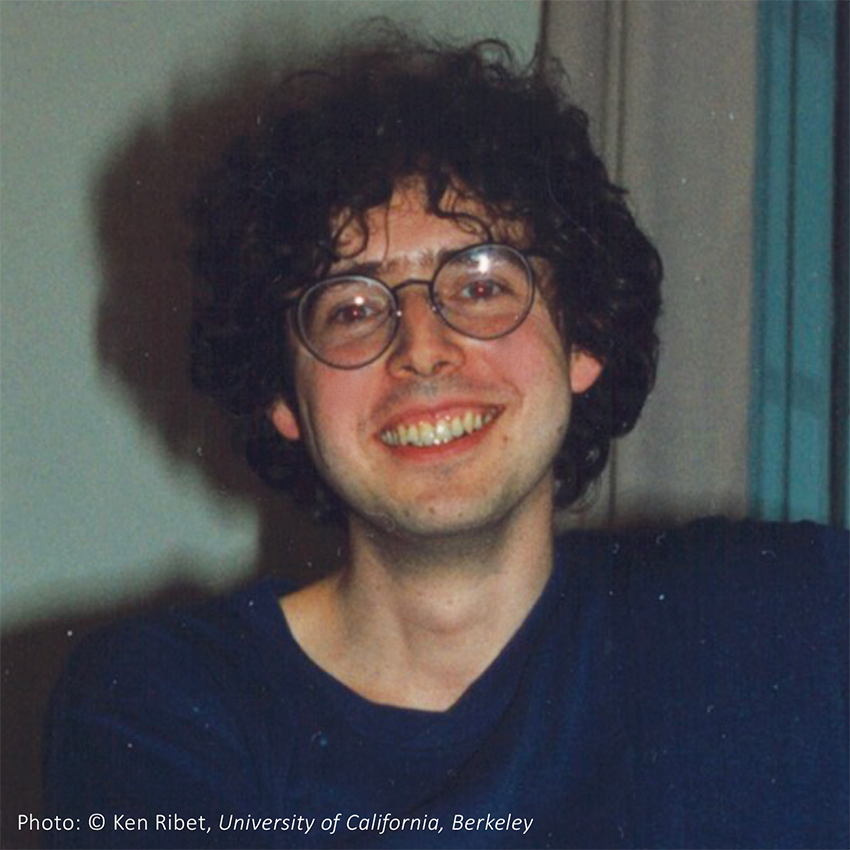A Conference in Arithmetic Algebraic Geometry in Memory of Jan Nekovář
→
Europe/Paris
Centre de conférences Marilyn et James Simons (Le Bois-Marie)
Centre de conférences Marilyn et James Simons
Le Bois-Marie
35, route de Chartres
91440 Bures-sur-Yvette
Description
Arithmetic Algebraic Geometry

Jan Nekovář was a mathematician who worked and has made many significant and seminal contributions to algebraic geometry. He left us prematurely in November 2022. Here is a tribute note (in French) by Pierre Colmez.
In his memory, Anna Cadoret, IMJ-PRG, Wiesława Nizioł, IMJ-PRG, and Sarah Zerbes, ETH Zürich, organize a conference in arithmetic algebraic geometry at IHES from October 9th to 13th, 2023.
This is an international conference in arithmetic geometry, aimed at covering some of the most recent advances in the field with a focus on the areas Jan Nekovář was interested in.
Invited Speakers:
- Tomoyuki Abe, IPMU - University of Tokyo
- Spencer Bloch, University of Chicago
- Ana Caraiani, Imperial College London - University of Bonn
- Henri Darmon, McGill University
- Vesselin Dimitrov, Institute for Advanced Studies
- Matthew Emerton, University of Chicago
- Veronika Ertl, Universitat Regensburg
- Hélène Esnault, Frei Universität Berlin
- Olivier Fouquet, Université de Franche-Comté
- Alexander Goncharov, Yale University
- Giada Grossi, CNRS, Université Sorbonne Paris Nord
- Jie Lin, Universität Duisburg-Essen
- David Loeffler, University of Warwick
- Akhil Mathew, University of Chicago
- James Newton, University of Oxford
- Alexander Petrov, Harvard University
- Alena Pirutka, New York University
- Tony Scholl, University of Cambridge
- Yunqing Tang, University of California - Berkeley
- Jacob Tsimerman, University of Toronto
IHES thanks all the donors of the 2021 Friends of IHES Gala for making this conference possible.
Contact: Elisabeth Jasserand
Inscription
Registration
